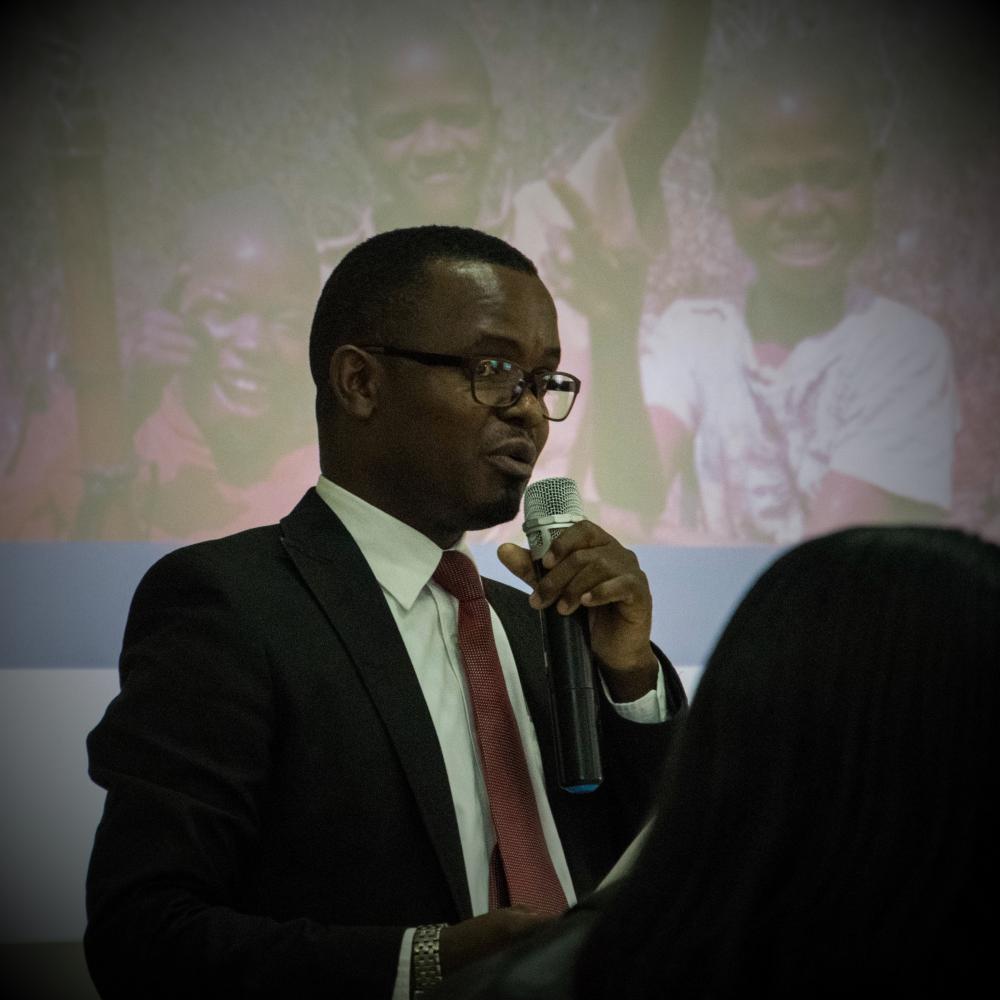
In concerns of the decreasing size of Malawian forests due to the high demand of biomass as a source of energy for cooking purposes, UK-based NPO Practical Action (PAC) called for a validation workshop to open up a discussion for alternative cooking fuels.
PAC is registered in Malawi since 2015, working on new technologies in the energy and agriculture sector to fight poverty. In order to conduct a Quantitative and Qualitative Market Assessment of Liquefied Petroleum Gas (LPG) in Malawi PAC was awarded grant by Protecting Ecosystems and Restoring Forests in Malawi (PERFORM) a project supported by USAID.
Victor Mhango PAC country representative of Malawi and Ramzy Kanaan chief of party of PERFORM opened up the meeting in front of about 30 other participants. They mentioned the importance to support and further develop the National Charcoal Strategy (NCS), a 10 years action agenda to make cooking and heating more sustainable in Malawi despite the growing demand on biomass fuels as an energy source.
This was then followed up by the presentation of the results of the “Final Quantitative Report on the Cost and Efficiency of Cooking Fuels in Malawi”, which was conducted by Admore Chiumia, Dr. Charity Chonde and Stephen Chalimba. The one-year study included a household fuel use survey with 1,500 households as well as a controlled laboratory experiments to measure the efficiency of Charcoal, Firewood, Electricity and LPG as cooking fuels.
According to the household survey, it was shown that firewood is the main cooking fuel in the rural areas, while urban households use charcoal and electricity. LPG was just considered as a backup solution, for those who could afford it.
The experiments revealed, however, that LPG is the most efficient fuel in terms of time and cost. So why is it still so underused?
In the second part of the meeting Innocent Makuta, Tione Kaonga and Dr. Charity Chonde went deeper into this problem and presented the “Quantitative and Qualitative Market Research on Liquefied Petroleum Gas (LPG) in Malawi”. The study, which was based on a survey with 300 households, was to examine the feasibility of a LPG market in Malawi.
The survey showed some interesting facts. For example, do most people know about LPG only from friends, family or they learned about it while spending time abroad. This shows a lack of discussion about LPG in the public media, such as radio, TV or newspapers. It also showcased how most of the households and institutions, that opt for charcoal and wood as a preferred cooking fuel, say that the reason for their choice is the local availability. Hence, LPG suppliers have not extended their distribution enough so that the gas is not available to most of the population.
The following discussions created an opportunity for the participants to add some ideas and inspirations to the studies and discuss about the future of LPG in Malawi. Topics like the 16.5% VAT on the gas, the role of gender and the measurement of fuel consumption were raised.
This led to a number of recommendations that should be adopted in the future:
- awareness about benefits of LPG should be raised among Malawians
- 16.5% VAT and 5% levy on LPG products should be revised
- introduce a law that allow for cross-filling of cylinders
- provide incentives to reach rural population
Even though LPG is still only used by a small proportion of the population, it could have potential to replace biomass fuels or even electricity. As charcoal and fuel wood production put more and more pressure on the forests, causing a strong degradation of the environment, the need for alternatives is urgent. Whether LPG, sustainable charcoal, biomass briquettes or even solar cookers, clean cooking is an essential aspect to develop a healthy environment in Malawi.
All pictures can be downloaded from here: https://drive.google.com/file/d/1w7KtvkNAYoL9e63_6xyHe9QQfkt4qAK0/view?usp=sharing
The two studies are attached to this article.
